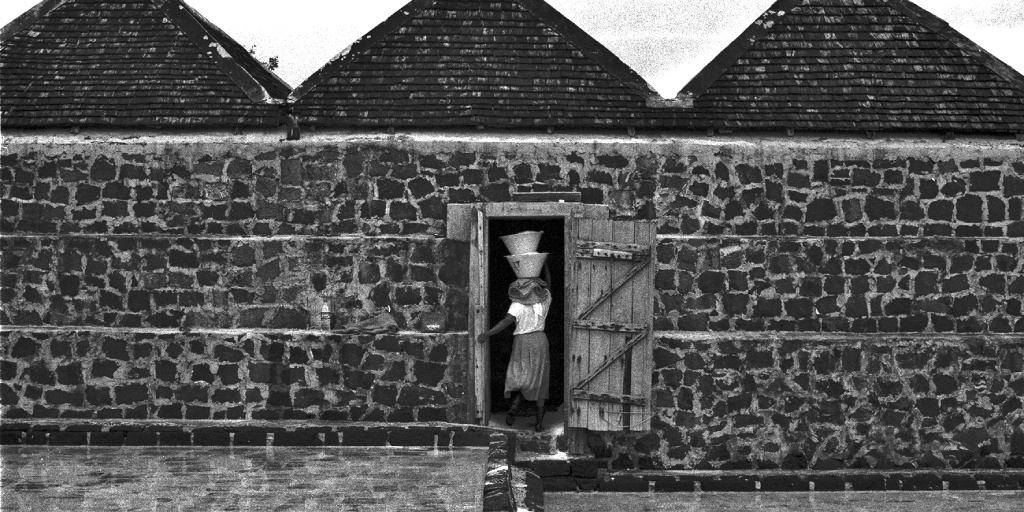Literally speaking, heritage means “what is given to us by our father and mother”. How can we rid it of its elitist and outdated image?
We have to move away from our nostalgic and backward-looking understanding of heritage. Heritage isn’t the exclusive preserve of the “old” or the wealthy. It is part of our national wealth; it’s a resource. Mauritians – and young people especially – understand or are beginning to understand this. They express their heritage through the arts, through culture and language. To them, heritage isn’t an old granary. It is our soul and our identity, and that identity can’t be a poor version of that of Dubai or Singapore.
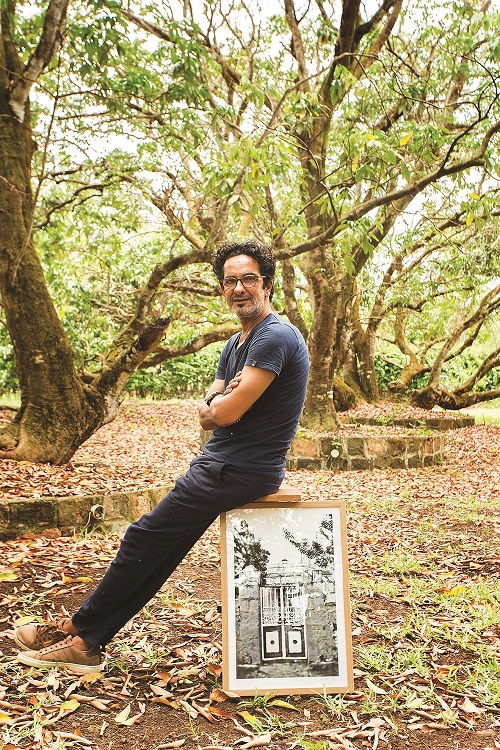
Would you say that heritage is “back”?
I feel like there is renewed interest in issues of memory, record-keeping and passing information on, with people asking “what are we going to leave to our children?” That’s what heritage is: a legacy passed on as a frame of reference, a bridge between the past and the future. The reaction to the Wakashio oil spill illustrates this new awareness. The country rose up together to protect its natural heritage.
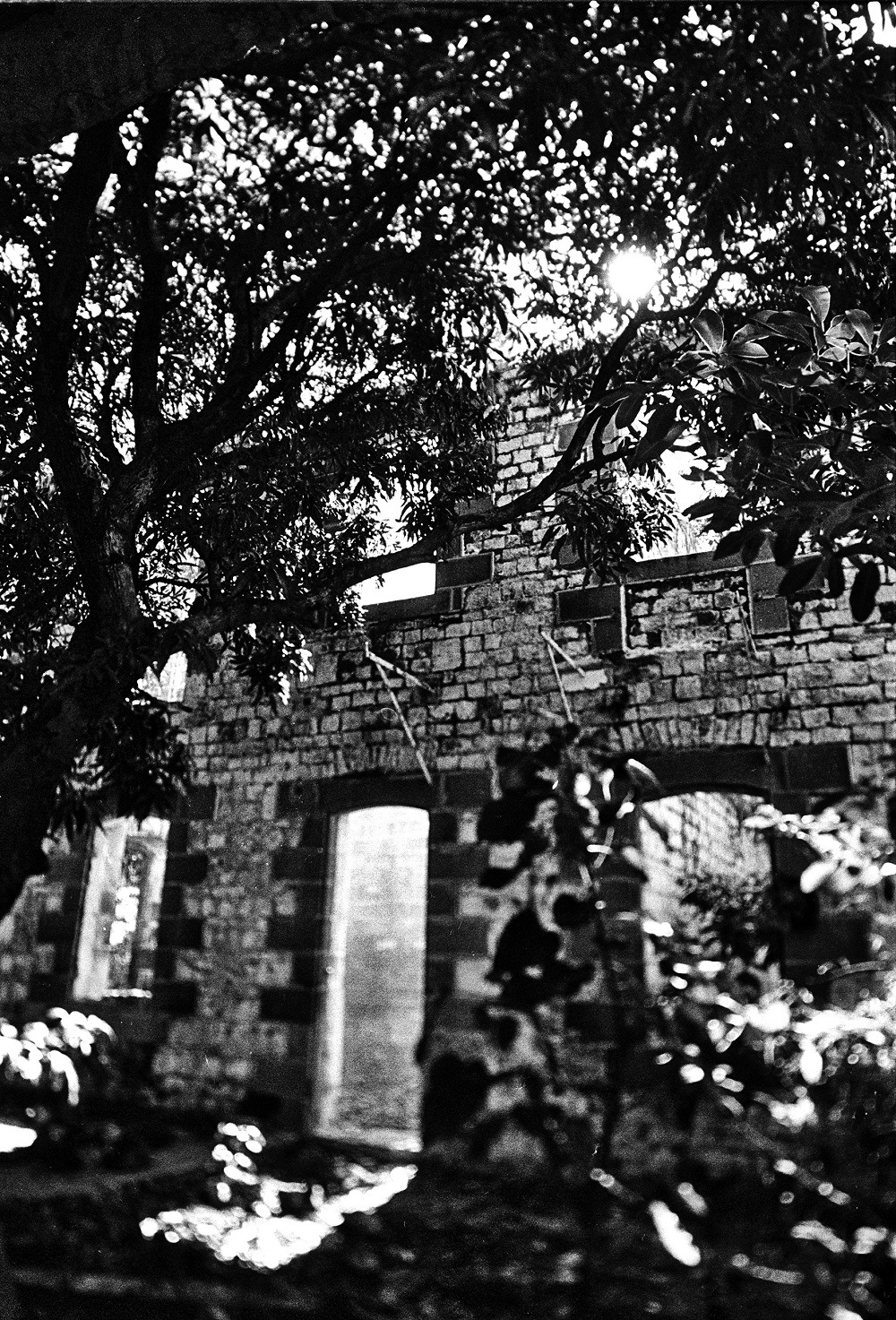
© Keivan Cadinouche
There’s a perception that investing in heritage is expensive rather than profitable…
Think again. To move forward, you have to look back. Investing in heritage means creating social linkages. It means safeguarding traditions and skillsets that we can take pride in. It’s allowing people to come together by visiting reminders of the past, whether in the form of a restored mill, a washhouse or a pagoda. It is about our history and our culture, and about sharing in them together. That link is priceless.
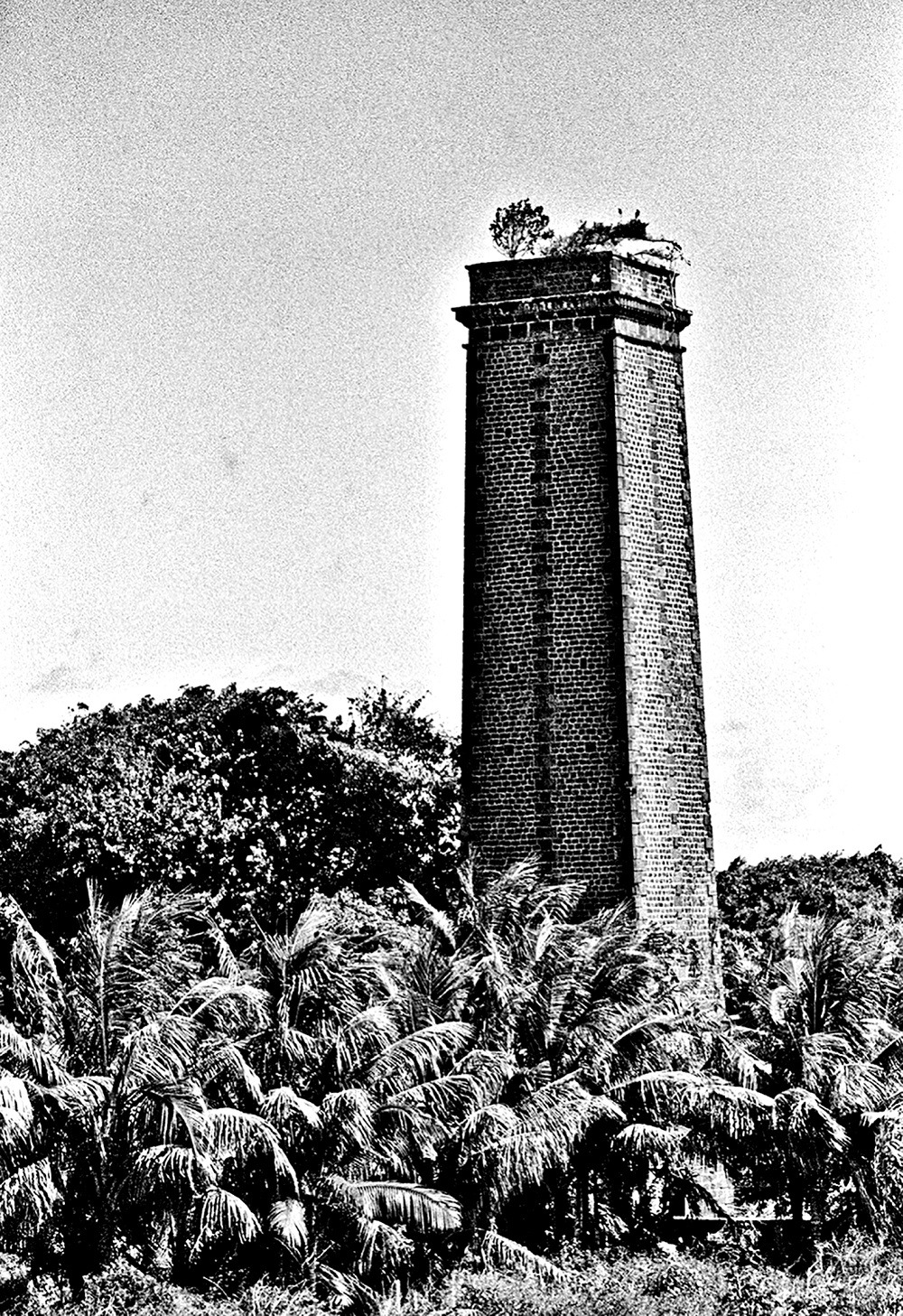
© Keivan Cadinouche
When we talk about heritage, we often end up talking about the obsolescence of certain built environments. It is always necessary to tug at people’s heartstrings to get them interested in this issue?
True, the language we use is a bit outdated. The media depicts heritage as an elderly granny whom you have to be nice to. But you’d be wrong to think that people aren’t interested in the subject. As a photographer, I’ve travelled all over the region, moving from one island to another. Yes, our heritage is under threat, but people are very attached to it. They enjoy sharing it and passing it on. I noticed this again last year when I worked on Port-Louis’ old houses.
What do you mean exactly?
That the “old stones” we hear about are much more than that. They are the memory of the people who lived in those old houses, the stories that unfolded between those walls. If we allow that heritage to disappear, we cut ourselves off from our past.
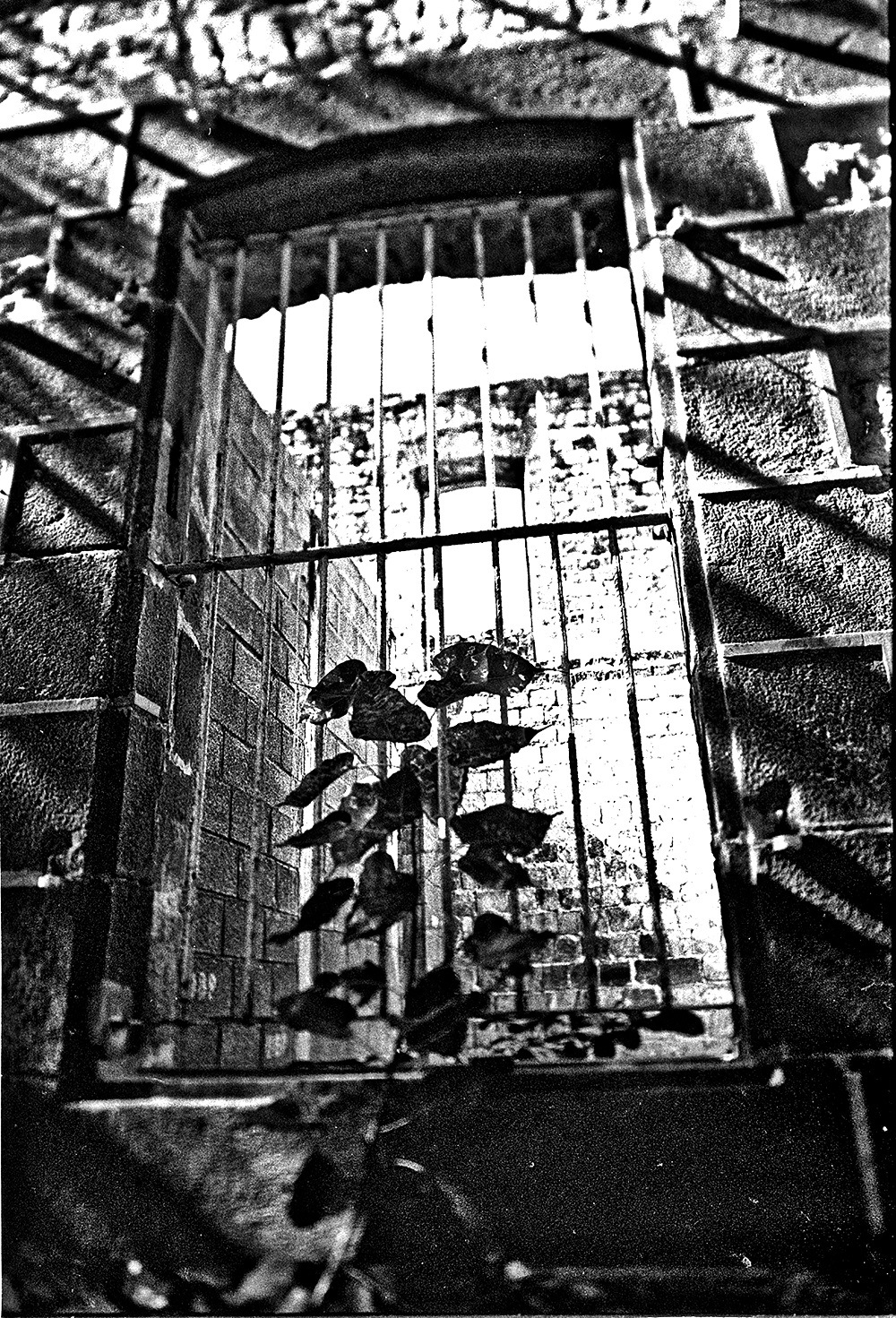
© Keivan Cadinouche
What can the stones tell us?
Stories of resilience. These century-old buildings have weathered it all – cyclones, the wear and tear of time… How? Because back then we knew how to build things that lasted, that were sustainable, environmentally and otherwise. It wasn’t just a catchphrase; it was how things really were. That’s why I believe that heritage has a future. It’s a source of ideas for how to do things, today and in the future. Let’s look at it with fresh eyes – rather than seeing it as some static vestige of the past, frozen in time. The ultimate aim is to pass it on.
In order to pass it on, how can we promote and protect heritage more effectively?
First of all, we need to catalogue it. That’s the first step: to draw up a clear and precise inventory of Mauritian heritage, in both its tangible and intangible forms. When I started my project on the houses of Port-Louis, I looked for a list, a register. I couldn’t find anything. So I said to myself: I’ll go and wander the streets. I thought I would find about fifty houses, but in the end I found more than six hundred! There are hidden treasures everywhere. The priority should be to take stock of all of our heritage, and not just the buildings. Then we can assess what can be preserved and promoted.
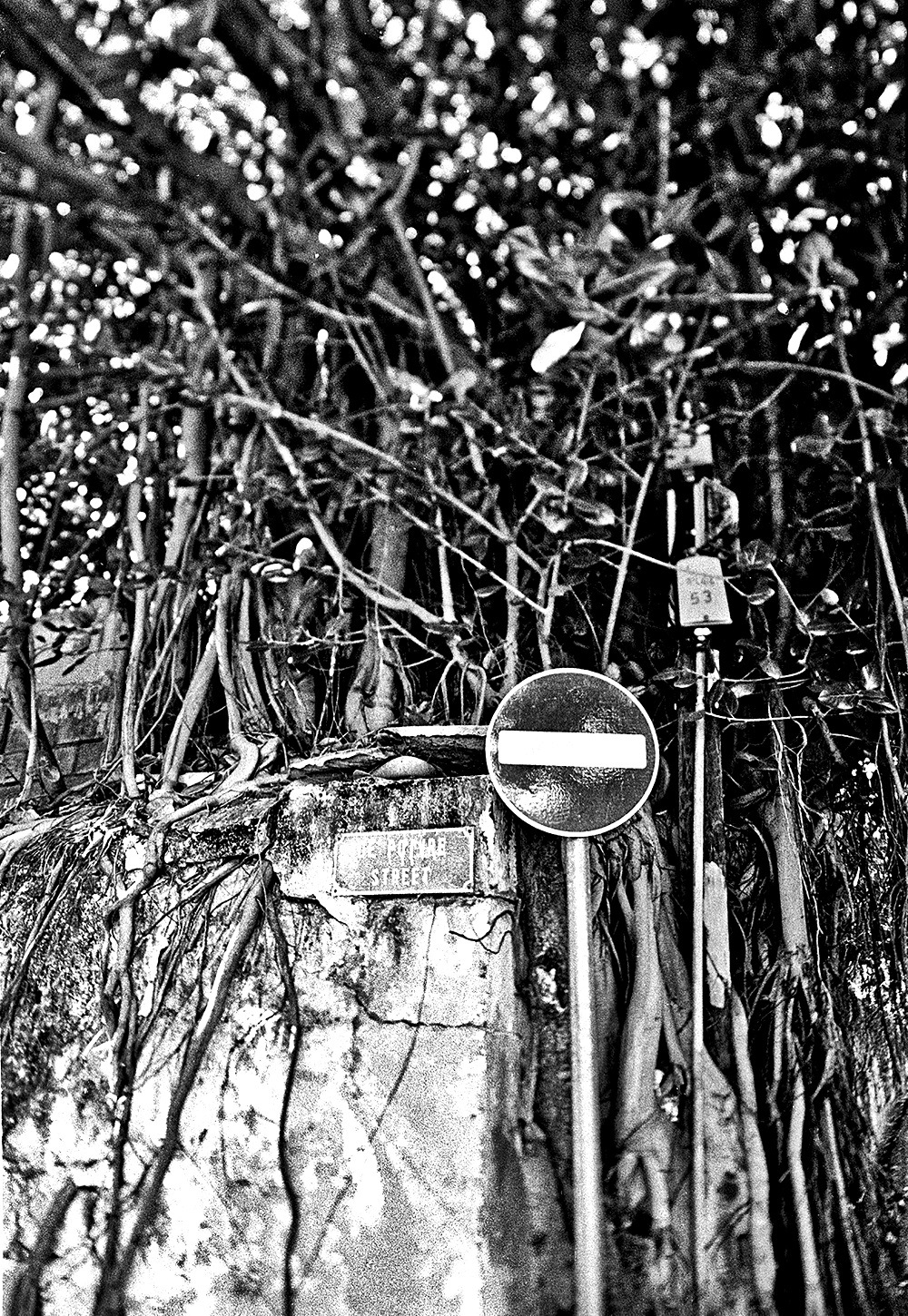
© Keivan Cadinouche
Any ideas about where to start?
There is a huge amount to do. Heritage is an asset when it comes to tourism. Holidaymakers don’t just come to Mauritius for our beaches; they are attracted by our culture. The challenge is to create a narrative around heritage and to place that narrative in the limelight. There’s a rich set of tools out there in the form of new technology. Digital is really helpful for the promotion of heritage. Let’s also stop whining about the State not doing enough. It’s up to us, the grassroots, to make sure that heritage remains a living part of our culture. In Tamarin, where I live, the Martello Tower is managed by an association of enthusiasts. We could also involve the private sector, raise money through sponsorship, and lobby for changes to our tax system. It isn’t about reinventing the wheel, but about drawing inspiration from previous methods and experiences that have yielded positive results.
In a nutshell, what is the ultimate purpose of heritage?
To shed light on the past and set a course for the future, together.

